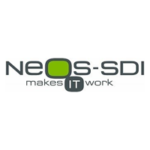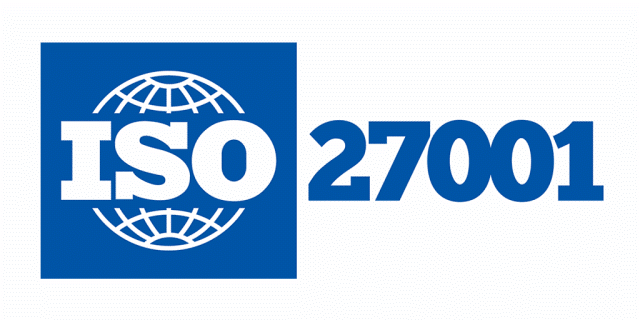Imap Migration
Migration from any Imap Source to Office 365, Gsuite or Exchange
Key Features
Easily migrate any IMAP server
Supports many IMAP server products.
Supports many authentication mechanisms. A powerful self service mode when global admin access is not possible
Key Points
Nothing to install, remote access to your Imap servers
Central interface
Secured: MFA, ISO 27001 datacenters
What’s migrated:
Mails and folders structures
What’s not migrated:
Imap is not a protocol for calendars and contacts.
Advantages
Supports a large variety of IMAP servers
Migrate using advanced filter settings
Automate your migration.
Benefits & Functionalities
- Concurrent Migrations: Run hundreds of migrations in parallel
- Delta passes
- Advanced filtering options
- Dashboard and Migration Reports
- Automatic mapping of permissions
- Automatic rewriting of email addresses
- Support all types of migration: bigbang, cutover, staged, by batches
Frequently
Asked Questions
What is email migration and why is it necessary?
Email migration is the process of moving an email account from one server or system to another. It’s often necessary when a company switches email platforms or needs to consolidate servers for cost-effectiveness, better performance, or improved user experience.
How does the process of email migration work?
Email migration typically involves exporting the data from the source email system (such as Lotus Notes or Zimbra), converting it into a format compatible with the destination system (such as Google Workspace or Microsoft 365), and then importing it into the new system.
What are the typical challenges faced during email migration?
The principal challenge is to be able to create a migration account that has access to all mailboxes. This depends on the IMAP server implementation.
How can I ensure that my data is secure during an email migration?
Data security during migration can be ensured by using secure protocols, encrypting data during transmission, and choosing a trusted and reliable migration service.
What types of data can be migrated during an email migration with IMAP?
Imap is a protocol for synchronizing mails and folders only.
How long does an email migration typically take?
The duration of an email migration depends on several factors including the amount of data to be migrated, the speed of the network, and the performance of the source and destination servers.
Can I access my emails during the email migration process?
Yes, the migration is a copy of source content to target content. Access to the source is readonly, therefore it remains available and untouched during the migration.
What is the difference between IMAP migration and Exchange migration?
IMAP migration involves moving emails from any server that supports IMAP, while Exchange migration is specifically for migrating data from Microsoft Exchange servers. Exchange migration may also include more types of data, such as contacts and calendars.
How can I ensure minimal downtime during an email migration?
Downtime can be minimized during an email migration by careful planning, performing a test migration beforehand, scheduling the migration during off-peak hours, and using reliable migration tools or services.
What are the costs associated with email migration?
The costs associated with email migration can include the cost of migration tools or services + eventually the cost of the coexistence solution if selected.
What our customers are saying

We have been working with Microsoft 365 for more than 10 years. We have needed to perform Cloud-to-Cloud migrations on many occasions. Cloudiway has always been the perfect partner providing a very valuable product and support”
Víctor M. Salanova
Dirección en Centria Tecnología
All was achieved 24h after the start, 1st time in my career after more than 10 years of migration. Cloudiway takes care of everything, Mail/shared mailboxes/Ressources/Teams/OneDrive, etc. You need one hour of consulting services to be sure everything is well set up before starting, but in a migration budget, this hour is nothing regarding the time you earn after in support issues…
Didier Delens
IT Manager at EyeD Pharma
The Cloudiway Expert was fantastic to work with, very knowledgeable and helpful
Conrad Murray
Director and Messaging Architect at Nero Blanco
Microsoft Teams usage continues to grow worldwide, and migration between different teams or from different collaboration systems can be a requirement. With years of experience and a new interface, Cloudiway offers a solution to MSPs and IT Professionals.
Mike Ammerlaan
Director of Microsoft 365 Ecosystem marketing at Microsoft Corp
The choice of the Cloudiway solution was a guarantee of success given the experience acquired over many years and the need to migrate Teams that only Cloudiway was able to offer on the market at the time. Experience has shown that Cloudiway is the ideal partner.


